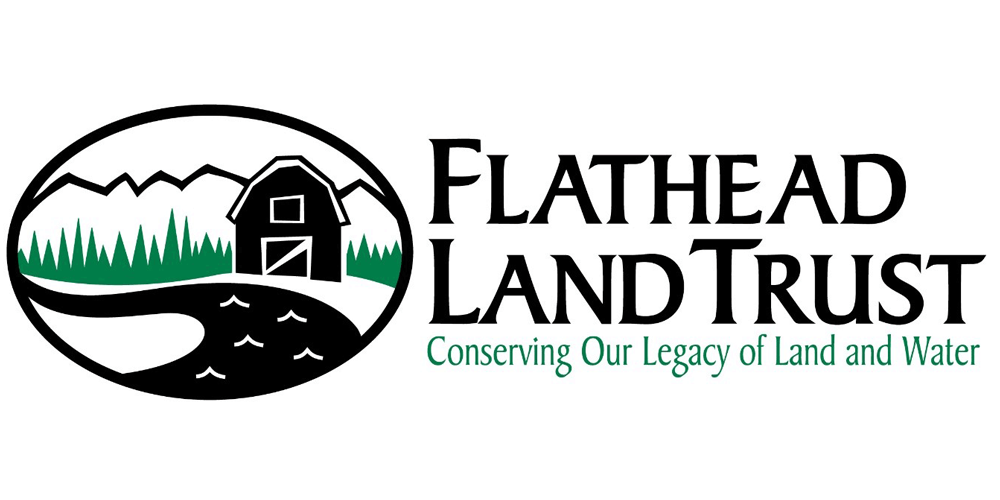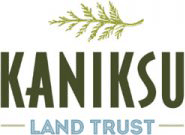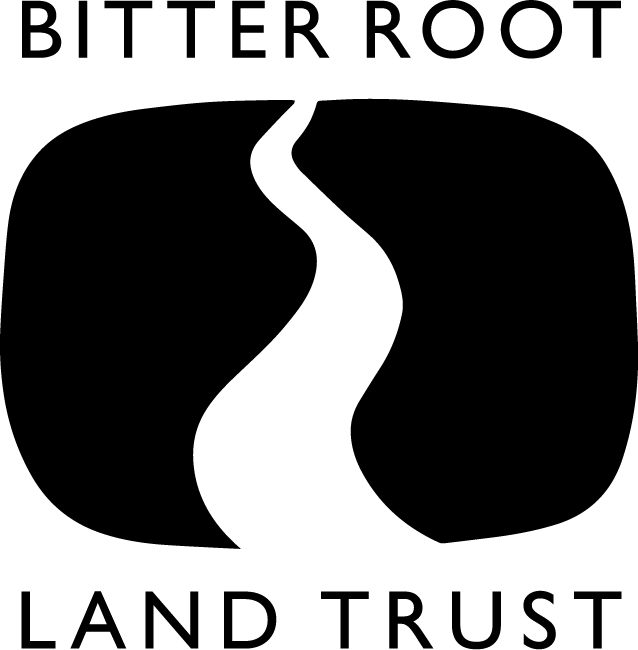The following is an updated version of an article originally written for the Montana Forest Stewardship Foundation publication “The Forest Steward’s Journal.”
FACT OR FICTIONConservation easements and land trusts can be complex entities. Even though the first conservation easement was created over four decades ago, there are still many myths and misconceptions about how land trusts and conservation easements work. Following are the 10 most common misunderstandings.
10
All Montana land trusts are pretty much the same.
FICTION. Land trusts vary widely in the areas in which they work, the focus of their work, and the diversity of projects they work on. A couple of quick examples: The Rocky Mountain Elk Foundation is a national organization (based in Missoula) with a focus on wildlife habitat and recreational access. Gallatin Valley Land Trust is a local land trust that works out of Bozeman and features a strong community trail program in addition to land conservation. While there are professional and operational consistencies among land trusts, there are also very distinct approaches to open land conservation.
9
All conservation easements are pretty much the same.
FICTION. A conservation easement is a willing buyer-seller negotiated transaction, and because landowners have different management goals, different financial situations, different property types and different family situations, conservation easements vary in wording and intent. While conservation easements contain common components and some basic elements, they are also written with the landowner’s expressed land management and financial goals in mind.
8
Conservation easements can help reduce estate tax exposure and assist with succession planning.
FACT. Sometimes a landowner will work with a land trust on a conservation easement specifically to reduce estate tax exposure and/or to facilitate the transfer of property to the next generation. Conservation easements do not reduce property taxes, but they can provide an income tax deduction, can assist with forest and agricultural land succession planning, and can diminish exposure to estate taxes.
7
Conservation easements are just for rich people.
FICTION. Conservation easements can provide a wide range of benefits to many different types of farm and ranch families and forest owners. Depending on the value of the conservation easement and the financial situation of the landowner, it is possible to zero out income taxes for up to 16 years. Each situation is different, and landowners will want to seek the advice of a financial planner, accountant, attorney and others before making a decision about a conservation easement
6
Montana’s conservation easement law is based on property rights.
FACT. The Montana Open-Space and Voluntary Conservation Easement Act passed the legislature in 1975 and after four decades of use has clearly stood the test of time. The Act allows a very limited role for government, allows flexibility within the context of a conservation easement, and has worked well for Montana landowners and Montana land conservation.
5
Conservation easements were created to conserve forests as well as farm and ranch lands.
FACT. Sometimes a landowner will work with a land trust on a conservation easement specifically to reduce estate tax exposure and/or to facilitate the transfer of property to the next generation. Conservation easements do not reduce property taxes, but they can provide an income tax deduction, can assist with forest and agricultural land succession planning, and can diminish exposure to estate taxes.
4
When a landowner works with a land trust or a public agency to create a conservation easement, that landowner loses his or her property rights.
FICTION. The action of placing a conservation easement on private land by a landowner is the exercise of a property right. The easement is negotiated by the landowner and land trust or public agency to reflect the landowner’s wishes, consistent with the purpose of the easement, and consistent with state law. Typically, a conservation easement will restrict—not eliminate—residential development of the property, depending on the landowner’s specific management goals. The only way a conservation easement can be considered the loss of a property right is to also consider residential subdivision of the property as a loss of a property right. A conservation easement is not a regulatory tool. It is the product of a voluntarily negotiated agreement.
3
Conservation easements prevent agricultural use of the land.
FICTION. An important goal of a conservation easement is to help keep families and their forest or agricultural operations economically viable now and into the future. Across about 3 million Montana acres conserved by conservation easements you’ll see cattle and pastures, irrigation pivots, agricultural outbuildings and equipment, timber harvests, four-wheelers, horses, machinery, crops and more. Conservation easements and land trusts seek to keep family ranches, farms and forests in the hands of family ranchers, farmers and forest owners.
2
There is an abundance of information available if a rancher or forest land is interested in learning more about a conservation easement.
FACT. A conservation easement is typically permanent, and is an agreement—a contract—that should be taken seriously and with significant deliberation. Landowners are encouraged to conduct extensive research about conservation easements, land trusts, the financial and tax ramifications of easements, and much more. Landowners should consult with a wide range of professionals—attorney, banker, financial advisor, accountant, perhaps a realtor, land trust staff and board members, agriculture groups, landowners who have conservation easements, and those who oppose conservation easements, and more—to expand their knowledge about conservation easements and their confidence in proceeding toward an agreement.
1
Montana is a nationally recognized leader in both the quality and quantity of private land conservation.
FACT. Montana is a national leader in the acres conserved through easements, which demonstrates the stewardship commitment of Montana landowners and the dedication of land trusts and public agencies toward cooperative, voluntary, incentive-based conservation. Montana also tops the nation in the number of acres conserved by easements held by accredited land trusts, which speaks to the professionalism and integrity of the land trust community.











